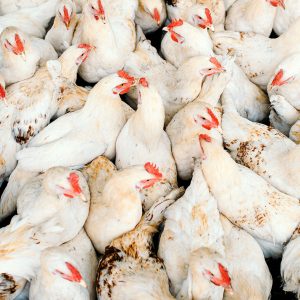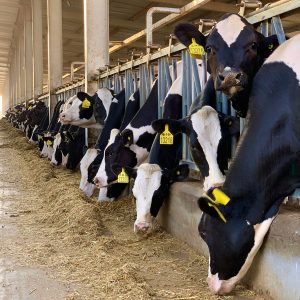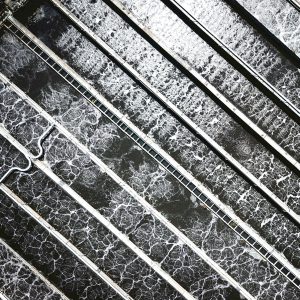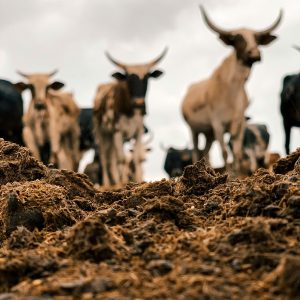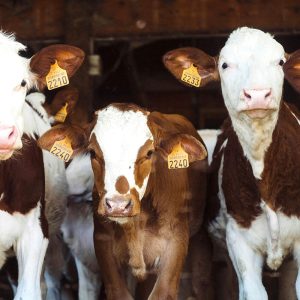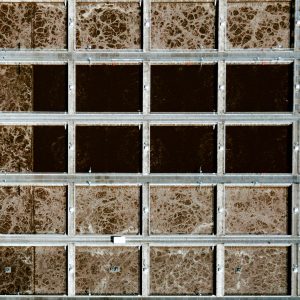Composting Poultry Carcasses: An Eco-Friendly Solution
Composting poultry carcasses is not only an effective but also an environmentally friendly way to manage dead birds on farms. In this blog post, we will explore the poultry carcass composting method and discuss the key elements for successful implementation.
What is Windrow Composting?
To begin with, windrow composting involves creating long, narrow piles of organic matter called windrows. This design maximizes surface area; therefore, it allows for optimal oxygen flow, which is essential for the composting process. For more detailed information on the windrow composting process, you can refer to WRAP’s guide on Open Windrow Composting.
The Science of Composting
Moreover, composting relies on aerobic microorganisms that need oxygen to thrive. These microorganisms break down biodegradable materials, transforming them into stable, soil-like humus. To enhance this decomposition process, it’s crucial to create the right environment for these microorganisms. For a deeper understanding of the science behind composting, check out this Wikipedia article on Windrow Composting.
Key Ingredients: The Recipe for Success
A successful compost recipe requires a balanced mix of four key elements:
- Carbon: Provides energy for microorganisms.
- Nitrogen: Essential for their growth and reproduction.
- Oxygen: Vital for aerobic activity.
- Water: Supports microbial activity and nutrient transport.
In general, aim for a carbon-to-nitrogen (C:N) ratio between 20:1 and 30:1, with moisture content between 40% and 60%. For more on optimal C:N ratios and moisture levels, visit this resource.
Managing Poultry Carcasses
When dealing with fresh poultry carcasses, it’s important to note that they have a C:N ratio of 5:1 and high moisture content (80%). Therefore, to achieve ideal composting conditions, you will need to add carbon-rich substrates. Various substrate materials can be used, each with unique properties. For more information on managing different types of organic waste, see our post on Managing Organic Waste.
Calculating Substrate Requirements
Furthermore, the amount of substrate needed depends on its C:N ratio and the number of carcasses. For high C:N ratio substrates like sawdust, you should calculate the quantity needed to fully cover the carcasses.
Example: Composting with Sawdust
For instance, to compost 909 kg of poultry carcasses using sawdust, you will need at least 336 kg of sawdust to reach the desired 30:1 C:N ratio.
Constructing the Compost Pile
Next, your compost pile should be cone-shaped, measuring 2.4-3.6 m wide at the base and 1.2-1.8 m high. Be sure to bury the carcasses at least 15 cm from the edges and cover them with a layer of substrate material. This “cap” helps minimize odors effectively.
Importance of Moisture Control
Maintaining moisture levels between 40% and 60% is vital for successful composting. Too much moisture can lead to leachate drainage and foul odors; conversely, too little can hinder microbial activity. Thus, monitor wet substrates like corn silage carefully. For tips on moisture management in composting, check out our guide on Moisture Control in Compost.
Composting Location and Management
In addition, composting can be done indoors or outdoors; however, a covered location is best to prevent excess moisture from rain. If you choose to compost outdoors, select a site away from sensitive areas like wells to reduce environmental impact. Learn more about choosing the right location in our article on Composting Location Tips.
Monitoring Temperature
Temperature monitoring is crucial during composting. Ideally, the temperature range should be between 50°C-65°C or higher; this effectively destroys pathogens like avian influenza while deterring insects. Use a long-stem thermometer or thermocouple to check internal temperatures regularly.
Turning the Windrow: Oxygen Replenishment
As composting progresses, temperatures will gradually decline, indicating reduced oxygen levels. Therefore, turning the windrow reintroduces oxygen, boosting microbial activity and raising temperatures again. You can use specialized equipment or front-end loaders for this task. For insights into turning techniques and equipment options, refer to this article on windrow turning technology.
Composting Timeline and Completion
Based on experience in Ontario, windrow temperatures typically peak within 5-10 days before gradually declining. Consequently, the first turning usually happens after 12-21 days; this leads to renewed temperature increases. After about 30 days, most active composting is complete with minimal evidence of carcasses remaining.
Curing and End Product
Finally, although active composting wraps up around 30 days, curing continues afterward. A second turning can expedite this process. Ultimately, the finished compost resembles topsoil and can be used as a soil amendment similar to livestock manure. This version includes outbound links that provide further reading on windrow composting and related topics while enhancing your content’s credibility and value for readers.


